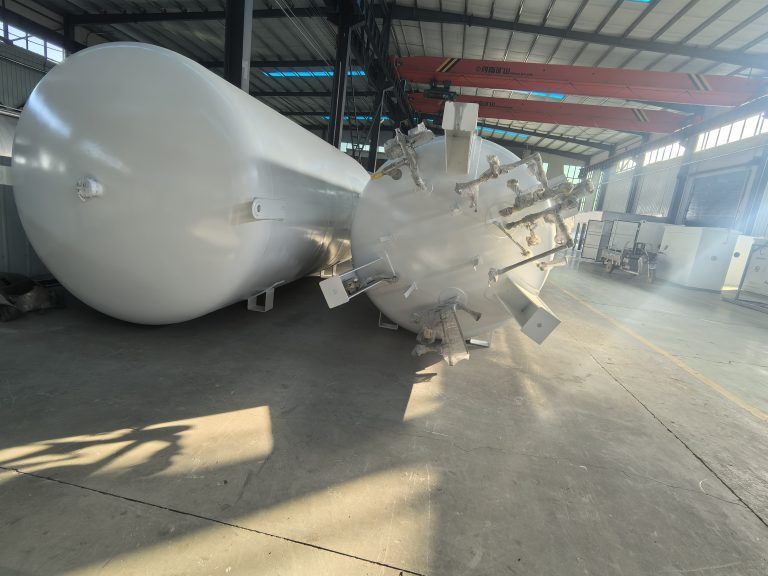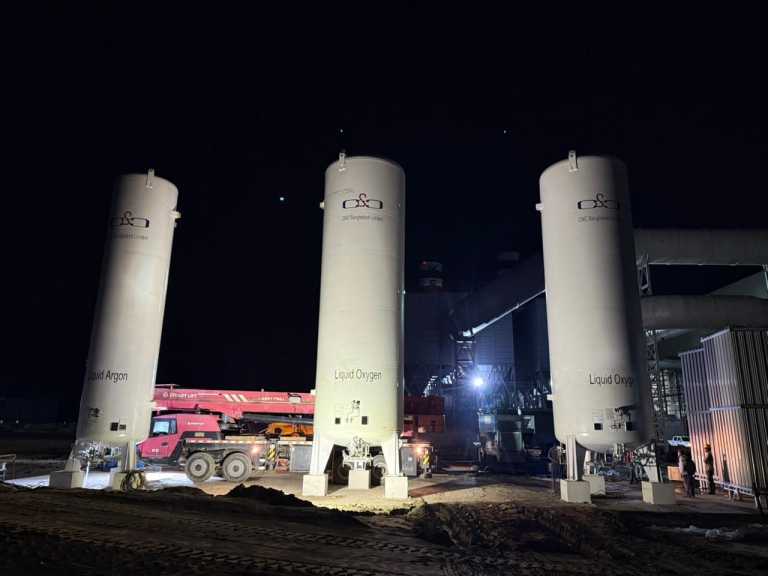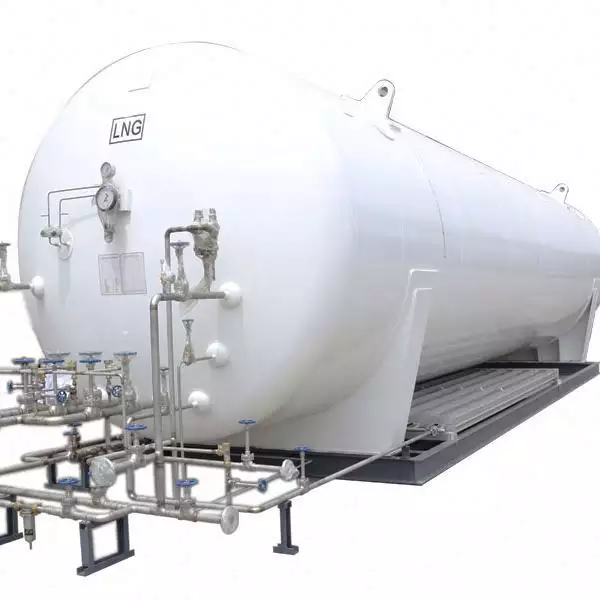Analysis and Resolution of Common Problems: Maintaining the vacuum level within the vacuum jacket of cryogenic liquid storage tanks is essential for ensuring the tank’s thermal insulation performance and fundamental to its normal operation. After cryogenic liquid storage tanks are put into service, common issues often relate to the degree of vacuum maintenance.

1.Significant large-area “sweating” or “frosting” on the exterior of the cryogenic liquid storage tank. This may result from vacuum loss in the tank’s jacket caused by pipeline leaks, inadequate perlite packing, or other factors. Inspection and repair, leak detection, perlite replenishment, or re-evacuation are required.
2.Abnormal pressure increase in the inner tank causing the safety valve to trip. This may result from one of three causes:
- a. Compromised vacuum integrity in the tank’s jacket;
- b. Malfunctioning pressure relief valve in the inner tank, requiring repair or replacement;
- c. Leakage at the junction between stainless steel and carbon steel shells, or between copper piping and the stainless steel inner tank—specifically at dissimilar welded joints—due to electrochemical corrosion at these interfaces.
3.Increased evaporation rate and reduced vacuum level in the cryogenic liquid storage tank. This may be caused by desorption of pearlite sand. During filling, pearlite sand requires specific particle size and temperature conditions. When these parameters are unsuitable, the sand releases water vapor after operation, lowering the vacuum level and increasing evaporation.

4.“Sweating” occurs on the top of the outer cylinder of the cryogenic liquid storage tank. This may be caused by the accumulation of pearlite sand at the bottom. After a period of operation, the pearlite sand settles, creating a void at the top of the container. This significantly reduces the insulation effect in that area, leading to cold loss from the cryogenic liquid storage tank. In such cases, if evaporation is excessive, the top of the outer cylinder jacket can be opened to replenish the pearlite sand.






